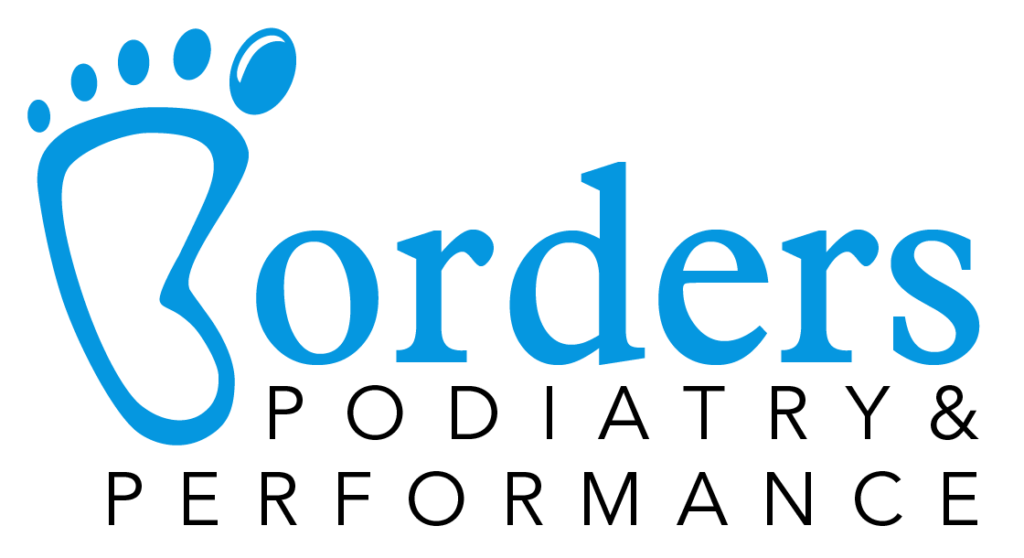
The Celtic SMR Class 4 laser is an innovative piece of equipment that has been used for a number of years within health care and we are pleased to announce we have introduced it into our clinic in Galashiels. With its advanced technology, it offers a wide range of benefits to patients with foot, ankle, and leg conditions. In this blog, we will discuss the science behind the Celtic SMR Class 4 laser and its applications in Podiatry, including the technology, its action on the body and tissues, its uses in the foot, ankle, and leg, and the benefits and contraindications of the treatment.
Technology
The Celtic SMR Class 4 laser is a type of low-level laser therapy (LLLT) that uses red and near-infrared light to penetrate deep into the skin and tissues. This light energy stimulates the body’s natural healing processes, reduces inflammation and pain, and promotes tissue repair. The laser operates in the range of 600 to 1000 nm, which is the optimal wavelength for therapeutic applications. The Celtic SMR Class 4 laser is a Class 4 laser, meaning it has a higher power output than Class 3 lasers, making it effective for a wider range of conditions. The MLS® impulse is generated by a sophisticated continuous and pulsed emission system that is synchronised and combined; the two sources with different wavelengths penetrate the tissue in-depth. Emission synchronisation synergically strengthens the therapy effects that each would have if used individually. The synergy of the therapeutic effects: anti-inflammatory, anti-edematous, analgesic and biostimulating mean the treatment can have incredible effects on the symptoms of our patients.
Action on the Body and Tissues
When the laser light energy is applied to the skin, it is absorbed by the tissues and cells, where it stimulates the production of ATP (adenosine triphosphate). ATP is a molecule that is essential for energy transfer within cells and is involved in a wide range of cellular processes, including cell division and tissue repair. Increased ATP production accelerates cell metabolism and promotes tissue repair, reducing inflammation and pain. The laser also increases blood flow, which helps to bring oxygen and nutrients to the affected area and remove waste products.

Uses in the Foot, Ankle, and Leg
The Celtic SMR Class 4 laser is a versatile piece of equipment that can be used to treat a wide range of conditions in the foot, ankle, and leg, including plantar fasciitis, heel spurs, tendinitis, foot and ankle pain, arthritis, wound healing, and neuropathic pain. It can be used to relieve pain, improve circulation, and promote tissue repair, making it an ideal treatment option for a variety of conditions affecting the lower extremities. We hope to be able to support our patients who have acute injuries, chronic pain and arthritic joints.
Benefits and Contraindications
The benefits of the Celtic SMR Class 4 laser treatment are numerous. It is a non-invasive, pain-free treatment with no downtime, making it an excellent choice for those looking for a quick and effective solution to their pain and discomfort. It is also safe and easy to use, making it a popular choice for many patients. However, there are some contraindications to the treatment, including pregnancy, active cancer, the presence of metal implants in the area being treated, and epilepsy. It is important to discuss your medical history and any current conditions with our staff before undergoing treatment with the Celtic SMR Class 4 laser.
Conclusion
The Celtic SMR Class 4 laser is a powerful and versatile piece of equipment that offers numerous benefits to patients with foot, ankle, and leg conditions. Its ability to relieve pain, improve circulation, and promote tissue repair make it an ideal treatment option for a variety of conditions affecting the lower extremities. With its advanced technology and safe, pain-free treatment, it is an excellent choice for those looking for an effective solution to their pain and discomfort. If you are interested in learning more about the Celtic SMR Class 4 laser and how it can help you, please contact our clinic for more information. Click here to book a consultation.
